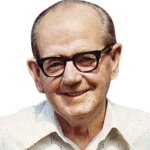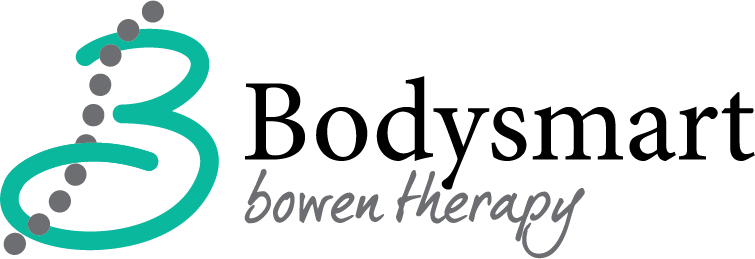
The Bowen Technique
The Bowen Technique is a dynamic system of muscle and connective tissue therapy that was developed by the late Tom Bowen in Geelong, Australia. Sometimes called the homeopathy of bodywork, it utilises subtle inputs to the body (known as moves), stimulating the body to heal itself, often profoundly.
The Bowen Technique offers tremendous benefit to clients with very little effort on the part of the practitioner. It can provide relief for many types of injuries and other health problems, both acute and chronic, and it does so holistically, via the body’s innate healing mechanisms. The practitioner’s moves deliver signals to the nervous system at specific locations (on muscles, tendons, ligaments, or nerves), and the body responds in its own time, within its vital capacity. While there are a few, very specific situations in which a particular ‘procedure’ is contraindicated, Bowen Technique is appropriate for people of all ages, in all degrees of health.
When faced with an acute injury, a Bowen Practitioner may effectively apply the work to address only the traumatised areas, since the client has had little time to compensate for, and accommodate to, the injury. However, most practitioners find themselves working with clients whose conditions have developed gradually over many years, and patterns of dysfunctional muscle recruitment and posture have become entrenched over time. In these cases, Bowen Practitioners often need to take a more ‘whole-body’ approach to facilitate optimal alignment and recovery.
The ANS (autonomic nervous system) controls over 80% of bodily functions, and is very susceptible to external stressors.
Rather than focusing on a single complaint, Bowen Technique addresses the entire body, by restoring balance via the autonomic nervous system (ANS). The ANS controls over 80% of bodily functions and is very susceptible to external stressors. Most people today live in a constant state of high stress and sympathetic ANS over-stimulation (fight, flight or freeze mode). Healing can occur only after the ANS shifts from sympathetic to parasympathetic dominance (rest, relax and repair mode). Bowen Technique enables that shift. During a session, the client often drops into deep relaxation or falls asleep, and loud peristalsis may be heard. Both of these changes are indications of a profound release from stress and a shift towards parasympathetic influence. This shift could explain, in part, the common observation that a Bowen Technique session seems to reactivate the recovery process in situations where healing from trauma, sickness or surgery has stalled or reached a plateau.

